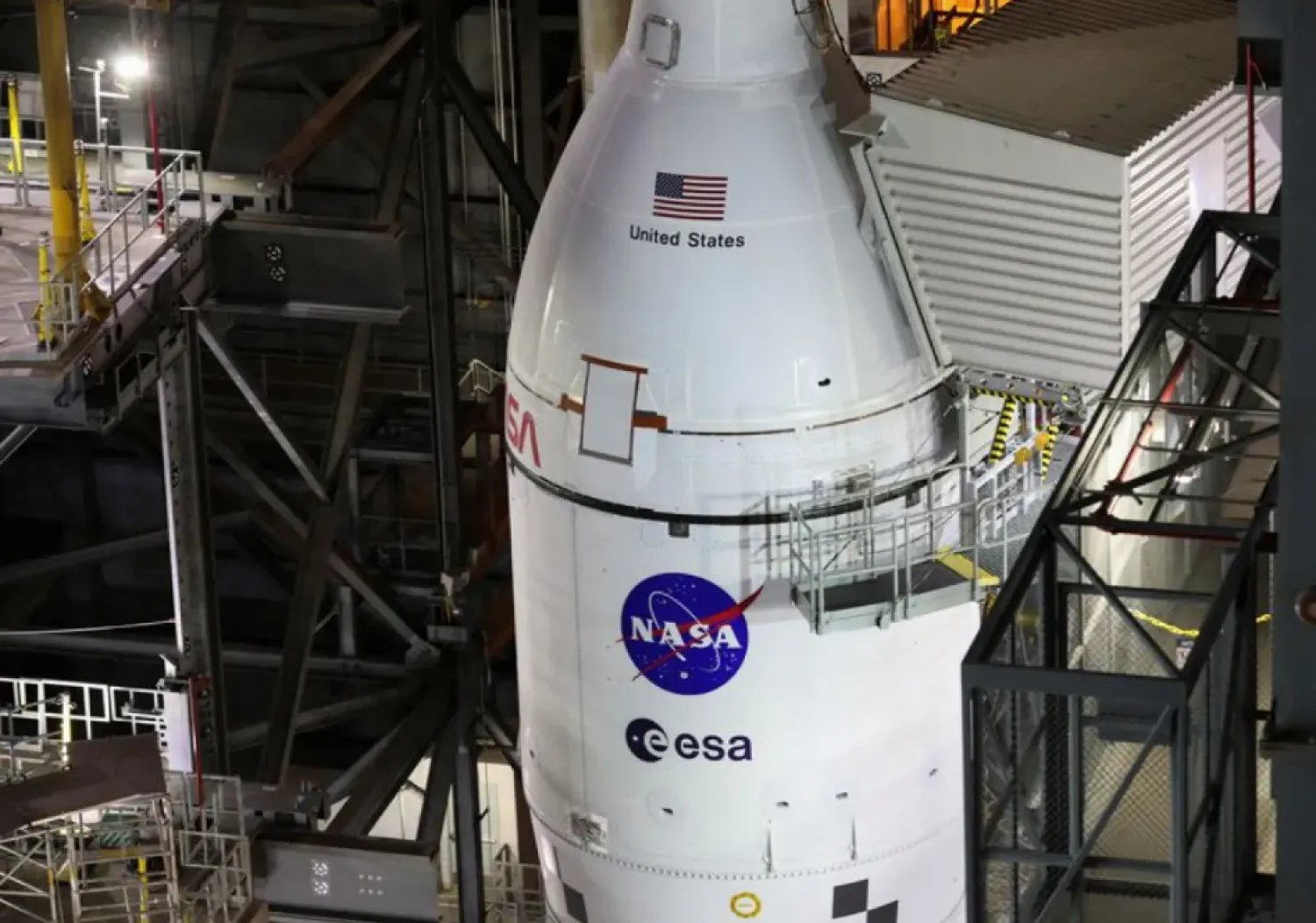Pascal Vent let out a nervous laugh as he peered down at the ground from Berlin's newest tourist attraction, a swing on the top of a 40-storey tower block.
Billed as the highest swing in Europe, the contraption on top of a hotel next to Berlin's famous TV tower is a novel way to take in the city -- with a dose of adrenaline thrown in.
Once strapped into a harness, customers are propelled forward so that when they are at the high point of the swing, there is nothing between them and the ground 120 meters (nearly 400 feet) below.
"After the first few swings, you get used to it and you feel free," said Vent, a media worker who wanted to try out the swing for his 36th birthday.
"I came here to feel a bit younger," he said.
The swing, which charges around 20 euros ($22) for five minutes, has attracted more than 100 visitors a day since it opened in June.
Victoria Voigt, a 34-year-old care worker, discovered the attraction via social media.
"It feels a bit like flying," she said.
Wendy Sorice, a 30-year-old hotel worker, described the experience as an "adrenaline rush" and said she could happily have done it for longer than five minutes.
But her boyfriend was not so enthusiastic -- overcome by vertigo, he stayed on the ground to film her instead.
"We wanted to create something simple and easy to access," said Andi Hoefer, managing director of the company that set up the swing, which operates several attractions in Germany.
The company had previously offered base jumping from the top of the building, but it attracted only limited interest.
The swing offers some competition for the 368-meter TV tower, a famous symbol of the former East Germany with sweeping views across Berlin.
"They have sloping windows, but we have a terrace and fresh air," Hoefer said.
And the fact the attraction beats the record for the highest swing in Europe, previously held by a 100-meter swing in Amsterdam? "Pure chance," he said.
'Flying over Berlin' on Europe's Highest Swing

Hotel worker Wendy Sorice swings 120 meters above the rooftops of Berlin. RALF HIRSCHBERGER / AFP/File

'Flying over Berlin' on Europe's Highest Swing

Hotel worker Wendy Sorice swings 120 meters above the rooftops of Berlin. RALF HIRSCHBERGER / AFP/File
لم تشترك بعد
انشئ حساباً خاصاً بك لتحصل على أخبار مخصصة لك ولتتمتع بخاصية حفظ المقالات وتتلقى نشراتنا البريدية المتنوعة







